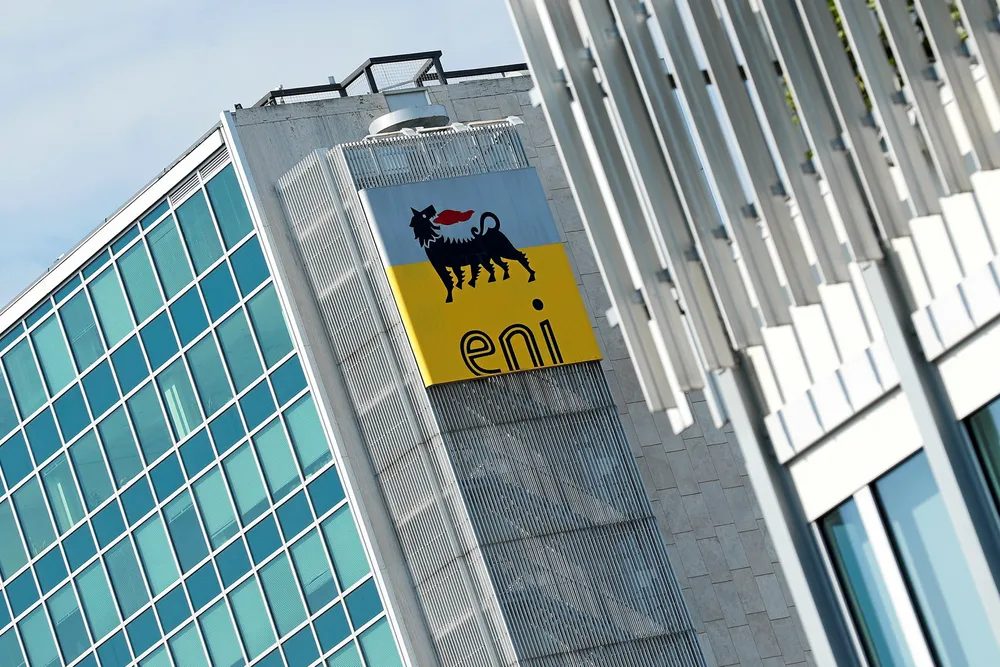Eni buys 20% stake in Dogger Bank C offshore wind project from Equinor and SSE
Italian oil major buys 20% stake from Norwegian oil major and British utility in Dogger Bank C project in the UK North Sea

Italian oil major buys 20% stake from Norwegian oil major and British utility in Dogger Bank C project in the UK North Sea
